Automating RFM segmentation and labour-intensive tasks
With the advancement of machine learning and artificial intelligence, automation is becoming more and more prevalent within the business world. However, there is still a big gap in our understanding of just how much can be automated. Many time-intensive tasks, supposedly requiring a human’s analytical and creative mind, can be condensed into a few pieces of code.

What is RFM and does your business need it?
RFM (recency, frequency, monetary) yields a simple, intuitive customer classification system that allows marketers to target specific groups of customers with communications that are much more relevant for their behaviour. It is used for business reporting, CRM and loyalty schemes and is suitable for most businesses that sell products or services.
RFM process simplified
While RFM segmentations should always be tailored to reflect a company’s needs, the fundamental rules to guide the segmentation have an underlying logic behind them: split the customers based on whether they are still active customers, and their average frequency and value of transaction. What we define as recent, high frequency, high spend customers varies by sector. For example, £100 may be considered a high spend transaction for a supermarket chain, but it would be a low spend transaction for a long-haul package holiday. Similarly, a customer who makes four transactions a year may be considered low frequency by the supermarket, but would be on a “frequent flyers” list at the holiday company.

Clearly, the values we consider high and low vary by company. However, the logic we use to define the customers’ value stays the same. High value customers are the customers which make the highest spending transactions in comparison to the other customers. We just need to rank the customers in order of their average spend, so those with the highest average spend are at the top of the list and those with the lowest are at the bottom. We can then easily categorise these customers using the following logic:
- If the customer is in the top third of the list, then they are “high spenders”
- If the customer is in the top third of the list, then they are “mid spenders”
- If the customer is in the bottom third of the list, then they are “low spenders”
This simple piece of logic can then be written as a code
It can then be applied dynamically to many different clients, thus moving us straight into the path of machine learning and the foundations of AI.

Plug a company’s customer data into the set code and it may identify the “high spenders” as the customers who spend over £100 per transaction for the supermarket, over £1000 for the package holidays company, £100,000 on a new car, and £1,000,000 on a house. Apply similar logic to the customer’s frequency and recency and you can complete the RFM segmentation.
This segmentation is just one of a thousand cases where processes can be automated by just taking a step back and thinking about the underlying logic. Time and time again we see team members trawling through reports, manually picking out specific rows, in slow, tedious exercises which are labour-intensive and error-prone. Though we are on the right path, a clear shift in thinking would save people from doing these repetitive tasks and allow them to focus on creating valuable insight and solutions.
How Webalytix can help you make the most of your data
Segmentation puts the customer at the heart of the business. It enables businesses to tailor their proposition to enhance the customer experience, resulting in an uplift of repeat bookings, loyalty and referral rates.
If you would like to build an RFM or other kind of segmentation we can help. Get in touch to find out more.






